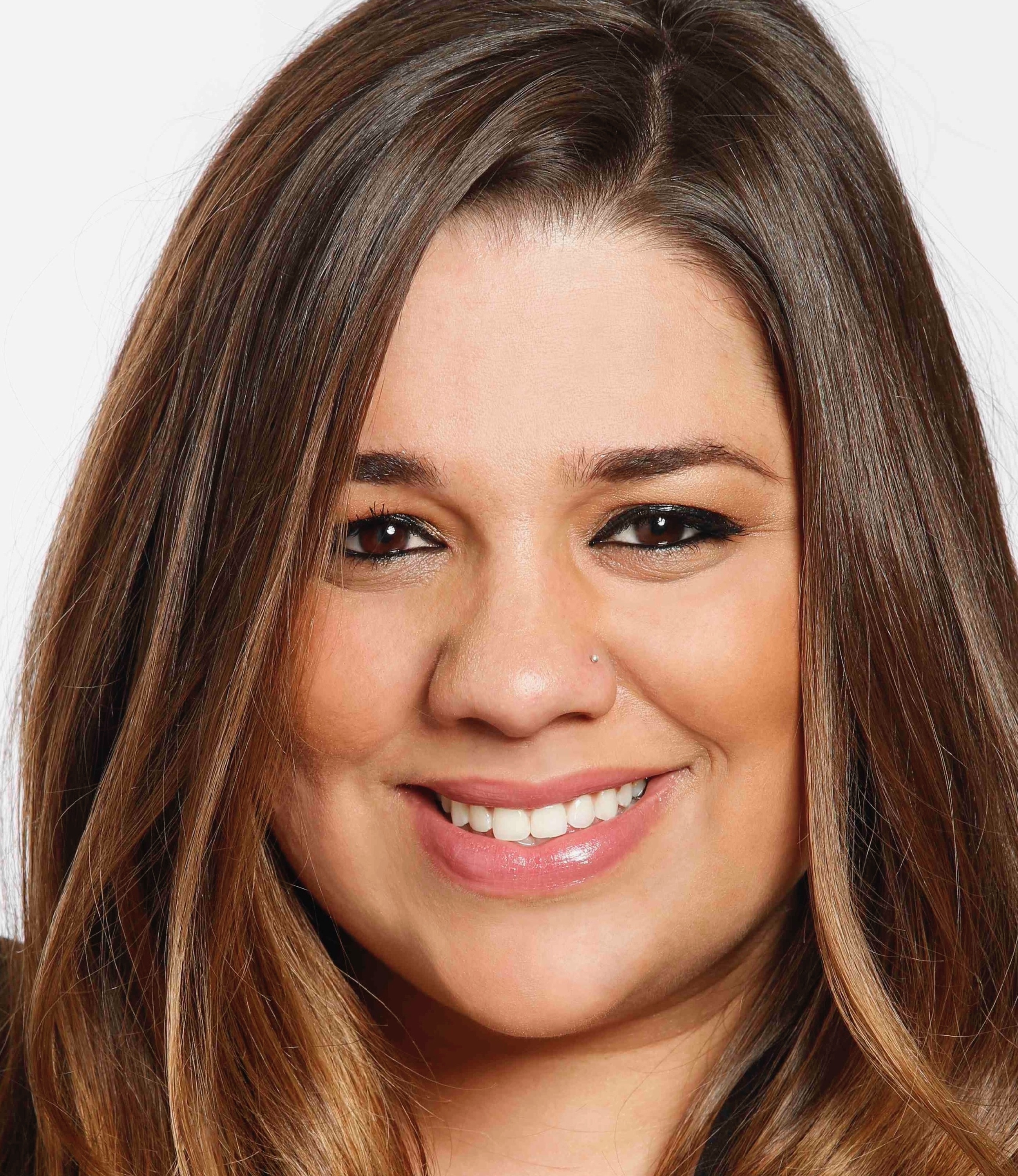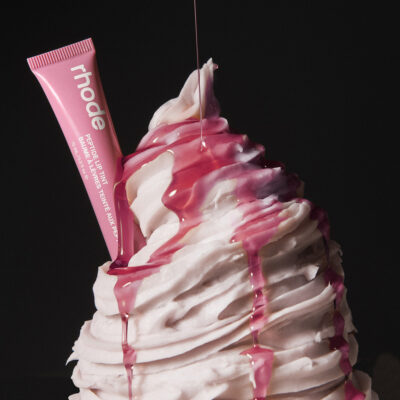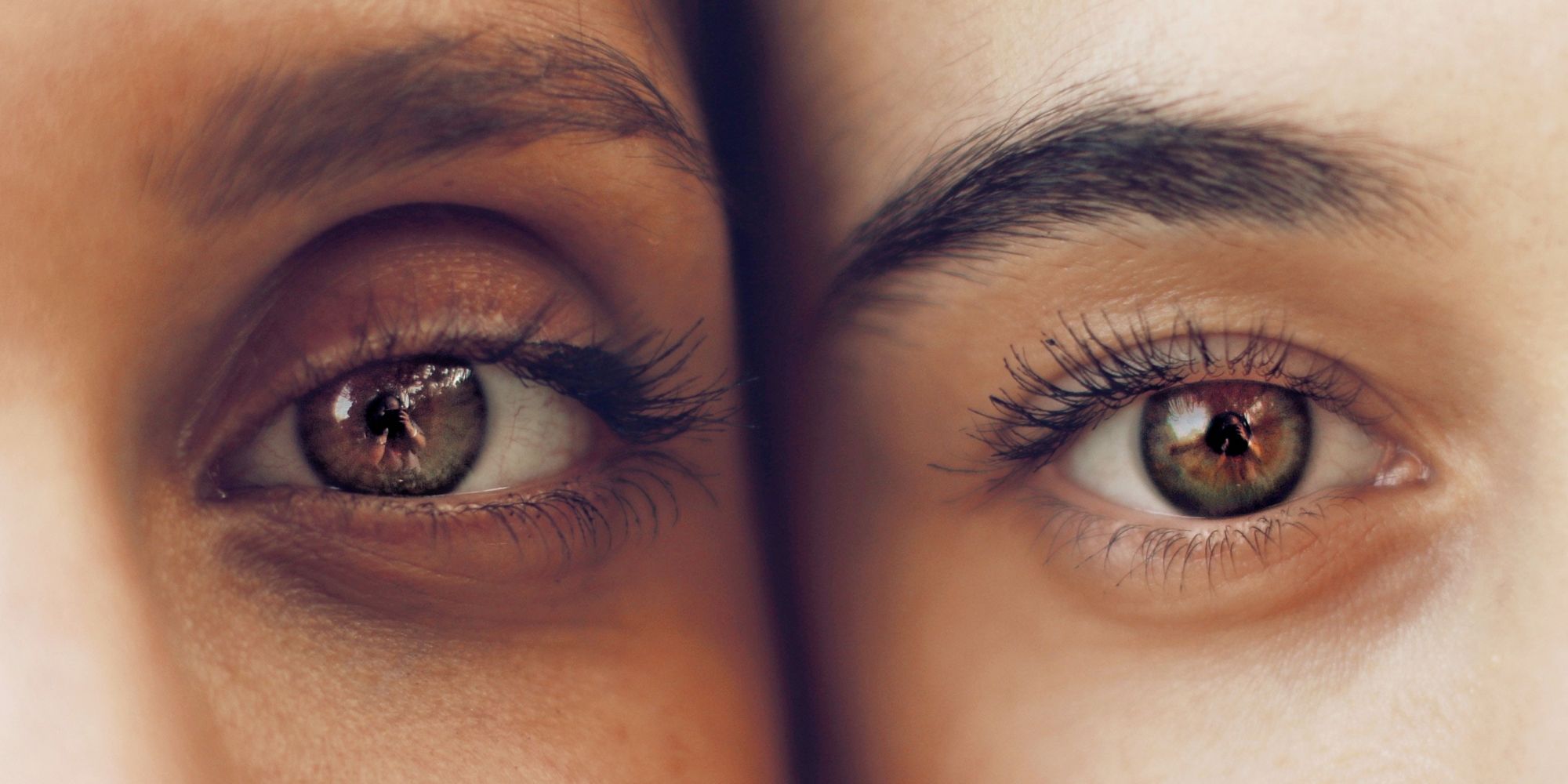
Mascara, Queen Of The Beauty Industry, Fends Off Lash Extensions And Falsies
Until receiving lash extensions from Urban Retreat in Minneapolis a year ago, Kaki Ronning, a health and beauty buyer at e-commerce company Bluestem Brands Inc., struggled constantly with crumbly mascara and the eye irritation it caused. Now, she visits the med spa bimonthly to maintain lustrous lashes without hassle.
“It has literally saved me 30 minutes in the morning. I don’t have to put on mascara and eyeliner. It is one of those things that I will pay a little more for rather than to have to worry about putting mascara on every day, if not twice a day,” says Ronning. “I get a lot of compliments. Everyone always asks me if these are my real lashes.” Her mascara purchases have cratered from eight tubes a year to one to two for bottom-lash application only.
Akindra Daniels, a senior internal audit manager for New York hedge funds, is a kindred spirit in moving on from mascara. Until seven years ago, when she became a client of The Lash Gallery, Daniels tried countless mascara from brands as varied as Chanel and Maybelline, and never liked any. The lash extensions perform how she’d hoped mascara would, and she’s happy to pay for lash sets monthly to avoid disappointing tubes of lash lacquer.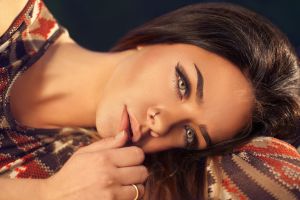
“Mascara and fake lashes are a mess, and extensions are very clean, and you get what you want from volume to shape,” says Daniels. Her mascara hunting is history. “It would have to be magic,” laughs Daniels of a mascara that would reverse her extension dependence. “In one stroke, it would have to look exactly like my lash extensions, and I’m telling you, I’ve never found it.”
Mascara, beauty industry royalty that’s perennially reigned over makeup shelves, is facing insurgents in the lash-enhancing territory. These insurgents are winning over the eyelids of women not afraid to abandon tried-and-true products for high-octane replacements. On city streets, social-media feeds and dating apps, lash extensions and falsies are what’s getting noticed with mascara often meek in comparison. If not a revolution, then certainly a mascara protest is taking place in leading beauty circles.
Mascara isn’t giving up its noble status without a fight, of course. The toothy wand has stayed a beauty staple as sales of other cosmetics items rise and fall with seasons, consumer habits and trends. According to The NPD Group, mascara was the most commonly bought color cosmetic over the last three years and is the second largest product sub-category within the eye makeup category, capturing a quarter of sales. Almost 80% of makeup users wear mascara.
Mascara’s popularity stems from affordability, ubiquity, ease, universality and distaste for puny lashes. Nearly 70% percent of mascara customers repurchase mascara two to five times annually. But convenience, mascara mishaps, a desire for bold looks and social media influencer recommendations are propelling women like Ronning and Daniels to turn to mascara alternatives. Interest in lash extensions, regularly priced above $100 for a set that lasts about a month, is skyrocketing (check out the lash extension destinations spreading across the country such as The Lash Lounge and Amazing Lash Studio), and false lashes are proliferating on peepers.
Mascara sales haven’t been affected substantially by substitute lash enhancers yet, but numbers show slippage. For the 12 months ending June 2017, growth of mascara sales, which totaled $566 million in the prestige market domestically, slowed to 8% from 12% in the similar prior period. Although U.S. prestige sales of false eyelashes, at $16.8 million, aren’t as dramatic as their impact on faces, they jumped 9% to best mascara growth in the most recent 12-month span. The fake eye fringe market has made an impression.
Making a serious dent in the sales of a cosmetic giant would take a full-scale consumer revolt. Larissa Jensen, executive director and beauty industry analyst at The NPD Group, suggests supremely creative launches are required for falsies to contend with mascara. However, she detects market shifts in favor of mascara rivals. “Consumers are demanding procedures that are semi-permanent, worth the money and fit their busy lifestyles as opposed to applying the same product every day,” says Jensen, adding that 85 percent of makeup users seek long-wear options.
Rochelle-R.E. Magno, founder of The Lash Gallery, where she charges about 10 clients a day $500 for extension services, believes younger generations of beauty consumers are definitely trading mascara for longer-lasting choices. “They prefer the perfect look of the lashes versus the buildup of mascara to achieve the long and voluminous lash look,” she says. Customers, she reports, tell her, “’I would like to have the same lashes as Kim Kardashian or Kylie Jenner,’ and instantly pass me an image of them to provide the description.” Diva Lashes, which feature multiple lashes attached to one natural lash, is the Kardashian-appropriate extension service offered by Magno.
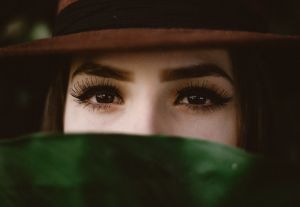
Social media has played an outsized role in elevating false lashes. Tribe Dynamics reveals fake lash brands yield considerable EMV or earned media value, a metric measuring the value of social media marketing, by leveraging influencers posting frequently for enthusiast audiences. Founded by reality television star Lilly Ghalichi, Lilly Lashes was one of the 50 fastest-growing brands in EMV last year. Another false lash authority, Huda Beauty, has repeatedly been ranked by Tribe Dynamics as a top 10 EMV-earning makeup brand along with social media heavyweights Anastasia Beverly Hills, NYX, MAC and Benefit.
One Two Cosmetics is betting social media can spread its message promoting magnetic eyelash extensions. “I’m always finding looks I want to try on Instagram and a large portion of our customers find One Two Lash via social media,” says Katy Stoka, founder of One Two Cosmetics. “Also, celebrities and beauty bloggers are all over our social media feeds looking glamorous. We’re seeing them up close more than ever before and want to get the same looks. With so much of our own lives being documented on social media, I think there’s a desire to feel camera ready all the time.”
E.L.F. Cosmetics and Lash Star Beauty are capitalizing on the falsie phenomenon, too. Sales of fake eyelashes are growing faster than mascara at E.L.F. The mass beauty brand’s collaboration on flirty fake lashes with influencer Weylie Hoang has been a hit. “Consumers have been loving the false lash look primarily due to the increase in collaborations and how instantly glam your look becomes once lashes are applied,” says Achelle Richards, global artistic director at E.L.F. Lash Star Beauty, a year-old brand that sells 10 styles of lashes, is entering Bloomingdale’s, Bluemercury, Neiman Marcus and Dillard’s this year.
“Celebrities and beauty bloggers are all over our social media feeds looking glamorous. We’re seeing them up close more than ever before and want to get the same looks,” says Stoka of One Two Cosmetics. “With so much of our own lives being documented on social media, I think there’s a desire to feel camera ready all the time.”
Despite Instagram buzz, extensions and false lashes often lose out to mascara on cost and application. Mascara doesn’t mandate adhesives or salon trips. Jensen thinks lash imitators won’t be a real competitor to mascara unless they address those hurdles. “Within false eyelashes, there is still a challenge that brands face with regards to education. While consumers feel these products look great, they are unsure of how to apply them and feel such is too difficult, much like we have seen their relationship with contouring products,” she says. “Mascara, on the other hand, is straightforward in its application and is viewed by consumers as a must in their daily makeup application routine.”
Mascara manufacturers sense false lashes and lash extensions are making inroads, and they’re attempting to stave off the encroachment by releasing products mimicking the fake lash look. Today’s extension-inspired crop of mascaras include False Lash Superstar X-Fiber mascara by L’Oréal Paris, Physician’s Formula Eye Booster Instant Lash Extension Kit, Maybelline’s The Falsies Push-Up Drama, Soap & Glory Thick & Fast HD Mascara, Max Factor False Lash Effect Mascara and NYX Professional Makeup Double Stacked Mascara.
“Mascaras that are volumizing [for e.g., Too Faced Better Than Sex] and lengthening [Benefit They’re Real! Mascara] as well as products that serve as mascara primers to enhance the mascara’s effect [Lancôme CILS Booster] continue to resonate with consumers looking for quality and long-lasting effects,” says Jensen. Orla Maguire Moore, co-founder and executive director of Lash Star Beauty, which sells mascara in addition to fake lashes, agrees that mascara isn’t fading. “There is always room for mascara, some people like to add a touch of mascara to boost and volumize their extensions and with the increased number of women wearing extensions, they are still using mascara for their bottom lashes to accentuate the extensions even more,” says Moore.
Mascara’s rule over the beauty industry won’t end unless lash extensions become “a permanent solution that is at an approachable price point,” says Jensen. She asserts the mascara “sub-segment remains healthy.” Ronning, Daniels and Iman Oubou, who was Miss New York US 2015 and is founder of SWAAY Media, aren’t letting mascara’s dominance convince them to return to the wand. “I’ll buy a cool mascara that I want to try here and there, but it’s no longer something in my bag everyday,” says Oubou. “My standards are higher for mascaras that can compete with these amazing extensions I have on now.”
TAKEAWAYS
- Mascara dominates the beauty industry, but its growth is slowing. Off a small base, sales of false lashes are growing faster in the prestige beauty market domestically.
- Beauty consumers are clamoring more than ever for products with long-term benefits, including semi-permanent procedures such as lash extensions and micro-blading, according to The NPD Group.
- Brands can ride the lash extension wave by offering mascaras that promise to provide the look of false lashes and promise long wear.
- Thanks to social media, emerging false lash players like Lilly Lashes and Huda Beauty are gaining ground with beauty consumers.
